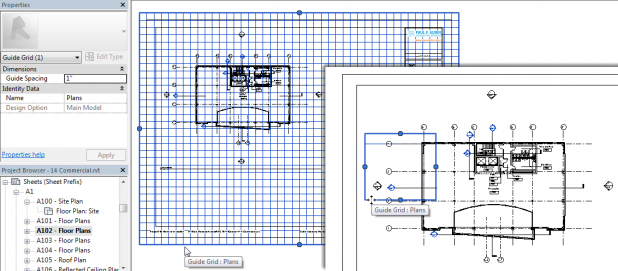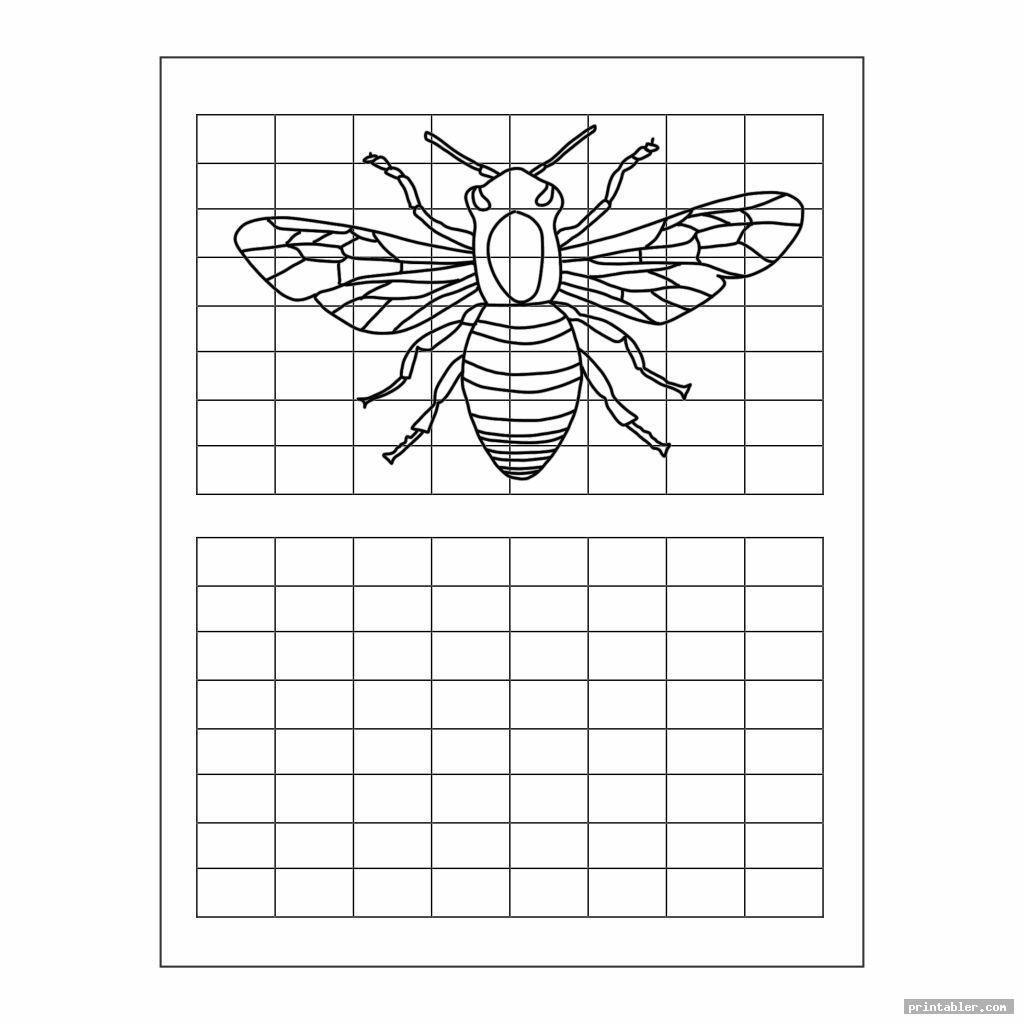
We will only cover the essentials on this, but it's important to be aware of the following information. The use of high resolution stock resources working at print resolution and to use non- destructive editing wherever possible. Having this understanding will encourage using the best practices in our work. It's imperative to know the limitations of our artform, and ensure we’re using the best tool for the work we do.
REVIT PRINT TO SCALE WITH GRID SOFTWARE
Vector software uses mathematical algorithms to enable you to do those tasks with no loss of quality Enables you to blur, smudge and paint fine art work. Great for photograpghs and shaded drawings Raster graphics, also known as bitmap graphics, are a type of digital image that uses tiny rectangular pixels, or pixel elements arranged in a grid formation to represent an image.Ĭompare this to say, vector graphics which uses mathematical algorithms to create sharp and clean shapes that have unlimited upscaling capabilities.Now we are going to take a look at their strengths and weaknesses and how Raster and Vector compare with one another.įirst up let's jump in and take a look at Raster graphics: Raster Strengths So now let's dig a bit deeper into these types of processes. Vexel art work which mimics the more popular vector based artwork, the difference being is it uses raster based graphics.Īnd lets not forget Fractal, Abstract and glitch style artwork can also all be created within this incredibly powerful software. Mixed media and collage art that involves scanning textures and other elements into photoshop as part of the creative process can all be done in Photoshop effortlessly.ģD creators also have Photoshop as a vital part of their workflow, of course renders are created in other software (Maya, Daz 3D) but the work will then be imported in Photoshop for the finishing touch.Īnother perhaps less used discipline is vexel/pixel based artwork. It's essentially an extension of more natural media techniques for these types of users. It’s the goto software for compositing and photomanipulation for a vast majority of creators.Ĭover artists, poster designers and commercial compositors couldn't do their job without it.įurthermore, more traditional illustrators whose work involves digital painting, overpainting and couple the software with Wacom tablets all use Photoshop as a large percentage of their workflow. Not to mention quality would be horrible if you went that route.But Photoshop is capable of so much more. There is absolutely no need to export out to a different program to get the drawing to the correct scale. Or if you want something like a true half-size print, print at Zoom 50%. You can also print a large sized sheet on smaller paper for checkset review by using the Fit to Paper option instead of Zoom 100%. You can print a view directly without it being on a sheet, but it's best to use the Preview button to make sure everything you need fits on the paper size you choose in the settings for your printer. will be sized exactly as the way you see it on the screen with respect to the graphical elements. The print will be scaled correctly unless there is a problem with the printer itself.


You simply set your sheet scale for your view, place it on a title block sheet, and print at 100% zoom and centered on a sheet size in your print settings that matches your title block size.

IMHO Revit is tons simpler to print than from AutoCAD. will this method work?Why would you want to do that when you can print to scale from Revit? I want to import it to photoshop to scale.


 0 kommentar(er)
0 kommentar(er)
